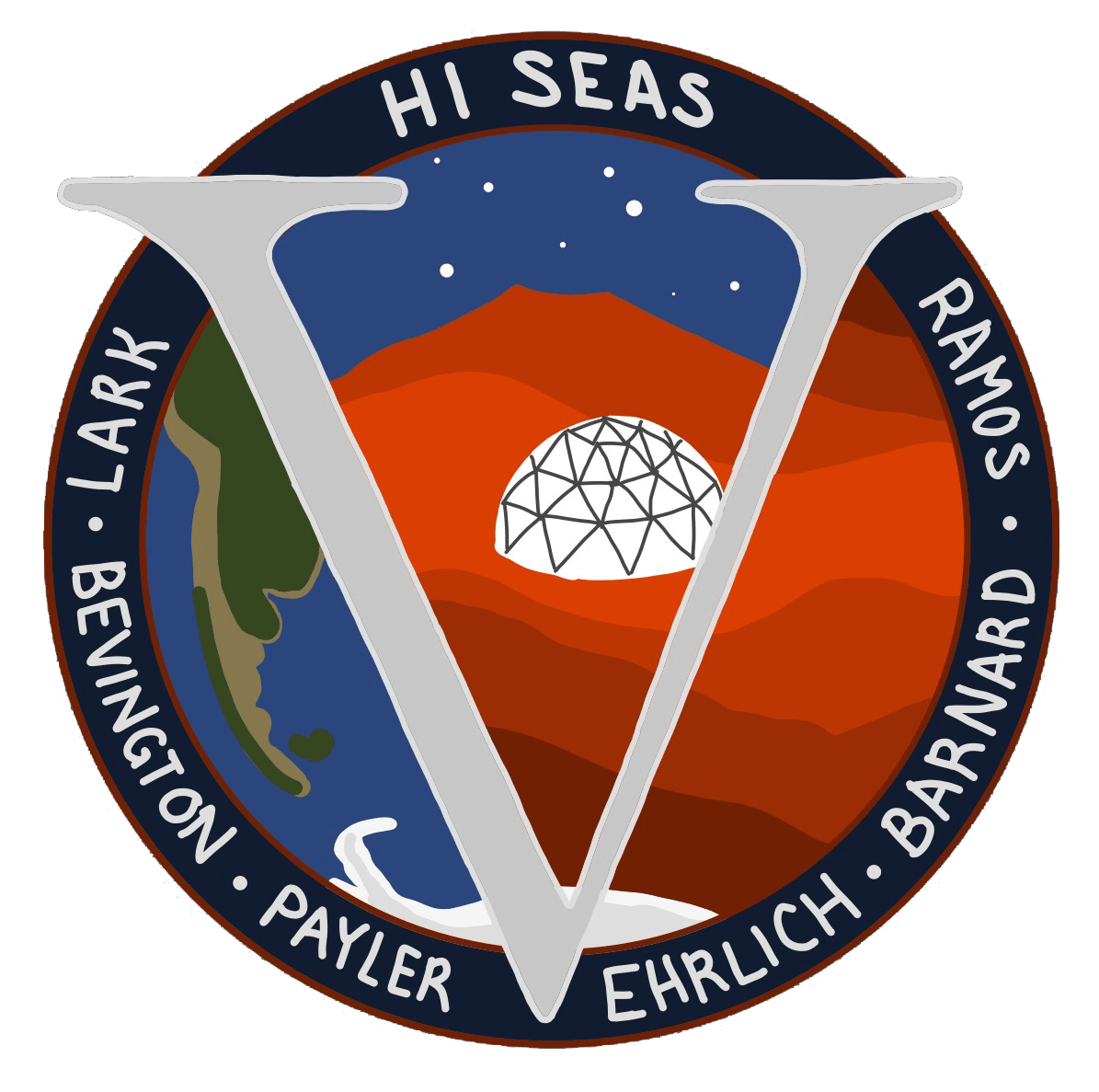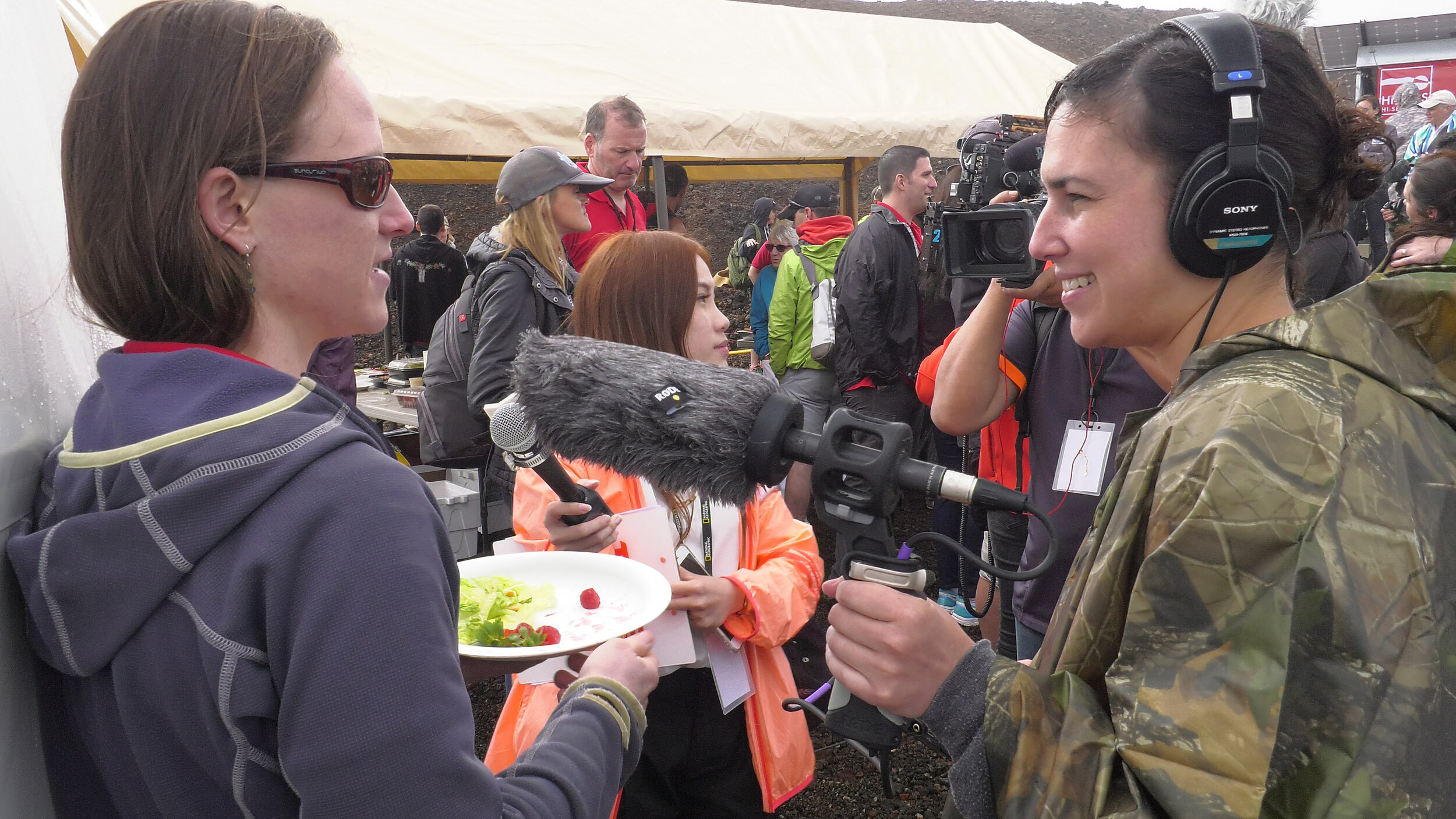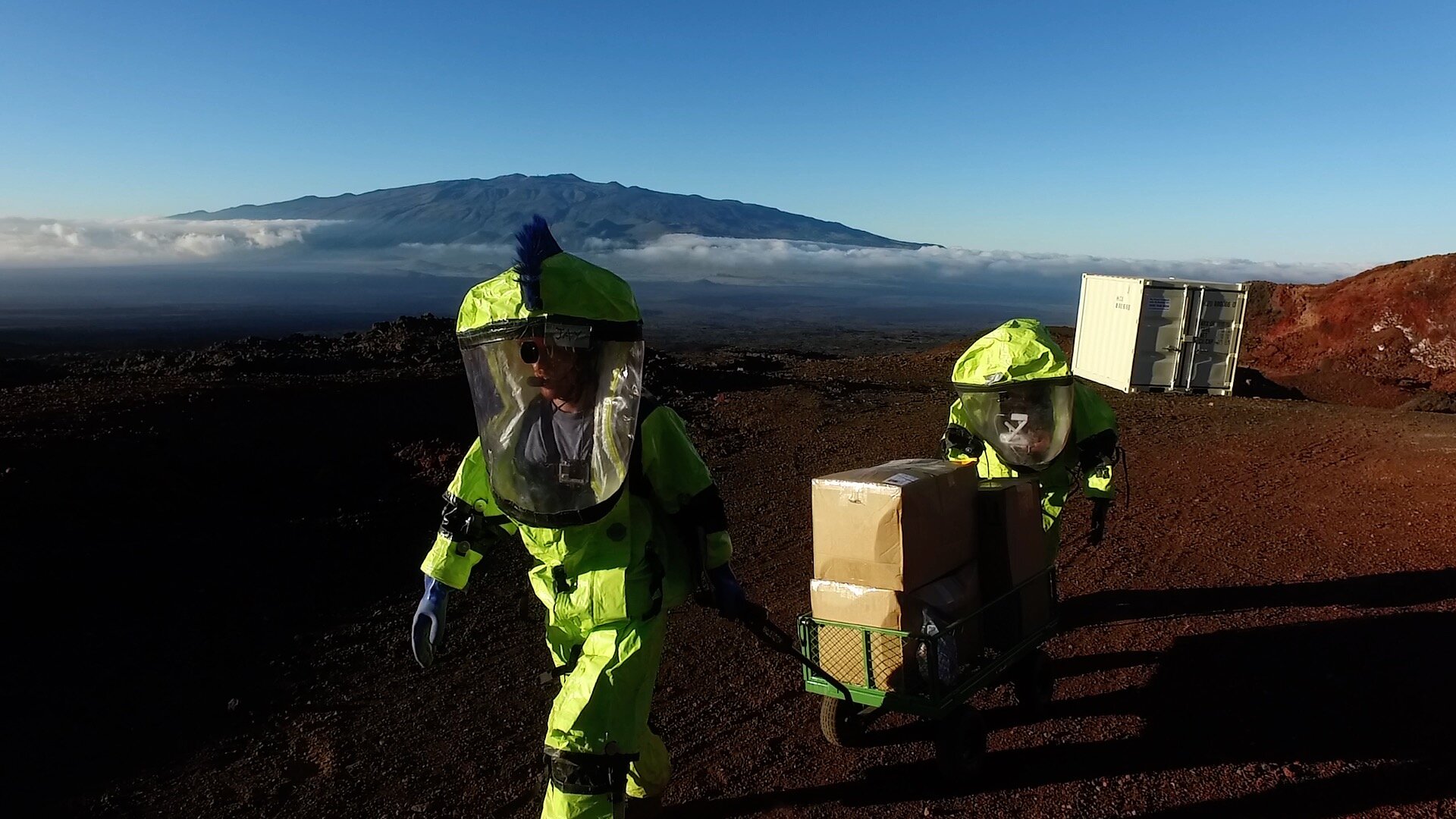Missions I - VI (NASA + UH)
ABOUT
The NASA Human Exploration & Operations Mission Directorate has identified a number of risks associated with long-term human space exploration. Many of these can be fruitfully investigated in an Earth-bound analog environment – that is, somewhere on Earth that is similar to the target space environment in relevant ways. HI-SEAS (Hawaii Space Exploration Analog and Simulation) is a planetary surface exploration analog site at approx. 8,200 feet on the Mauna Loa volcano on the Big Island of Hawai‘i. From 2013 to 2017, six HI-SEAS missions were funded by research grants from the NASA’s Human Research Program and the University of Hawai‘i.
MISSIONS
Mission I — 2013
The purpose of Mission I was to address the IRP Gap: ‘Risks associated with an inadequate food system.’ The overall objective of campaign was to compare the resource costs and the nutritional and psycho-social benefits of two food systems proposed for long-term space missions: prepackaged “instant” food, and foods prepared by the crew from shelf stable, bulk packaged ingredients. The dietary study tracked crew satisfaction with their diet, which was composed exclusively from instant meals or meals prepared from shelf-stable ingredients. The resource-utilization study tracked crew use of power, water, food and supplies over the mission. This was a 4 month mission conducted in early 2013.
Mission I Crew: Simon Engler, Dr. Sian Proctor, Kate Greene, Dr. Oleg Abramov, Dr. Yajaira Sierra-Sastre, Angelo Vermeulen
Mission II, III, IV — 2013–2016
For Missions II, III and IV, multiple research groups collected data on team cohesion and performance. Studies included: the Team Performance Task/ Price of Cooperation Test; continuous monitoring of face-to-face interactions with sociometric badges; mitigation of the effects of isolation using immersive 3D Virtual Reality interactions with the crew’s family and friends; measurement of emotional and effective states using automated analysis of multiple forms of textual communications provided by the crew members to identify relevant and effective teamwork behaviors; and multiple stress and cognitive monitoring studies. Mission II concluded after 4 months in early 2014, Mission III concluded after 8 months in 2014 to 2015, and Mission IV concluded after 12 months in August 2016.
Mission II Crew: Anne Caraccio, Ross Lockwood, Dr. Lucie Poulet, Casey Stedman, Tiffany Swarmer, Dr Ron Williams
Mission III Crew: Jocelyn Dunn, Neil Scheibelhut, Sophie Milam, Martha Lenio, Allen Mirkadyrov, Zak Wilson
Mission IV Crew: Carmel Johnston, Tristan Bassingthwaighte, Dr. Christiane Heinicke, Dr. Cyprien Verseux, Andrzej Stewart, Sheyna E. Gifford
Mission V, VI — 2017
Mission V was an 8-month Mars analog isolation mission that began on January 19th, 2017. The purpose of Campaign 3 was to directly address the IRP Team Risk: “Risk of Performance Decrements Due to Inadequate Cooperation, Coordination, Communication; and Psychosocial Adaptation within a Team.” In particular, it will focus on Team 8 Gap: “We need to identify psychological and psychosocial factors, measures and combinations thereof that can be used to compose highly effective crews for autonomous, long duration and/or distance exploration missions.” This campaign was similar to Campaign 2 with two significant changes. Firstly, crew selection itself was studied as part of the development of a model for crew composition. Secondly, autonomy was varied throughout each mission, with low crew operational autonomy in the first and last two months of the mission, and high crew autonomy during the middle months of the mission. Mission VI was meant to be another 8-month Mars analog isolation mission in 2018, but it was stopped earlier than planned for unforeseen circumstances.



































